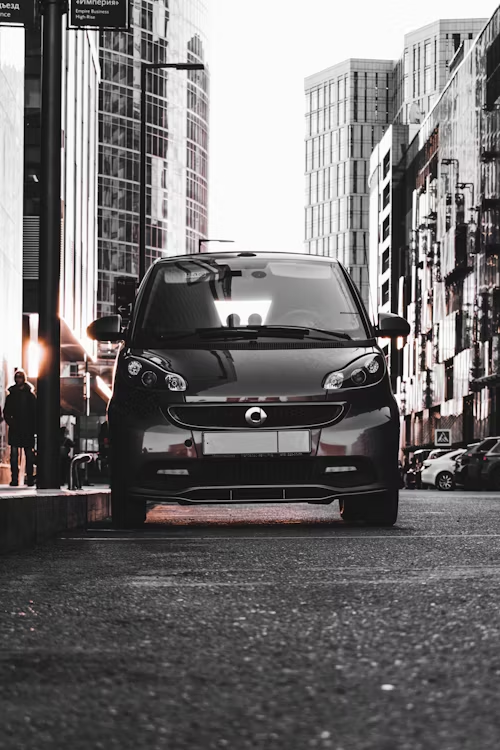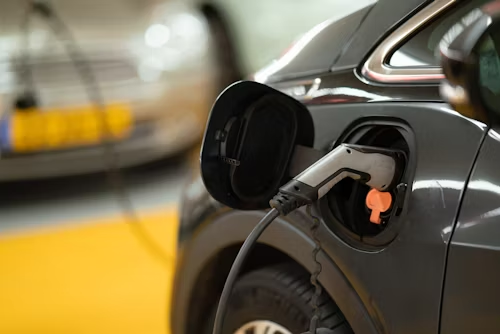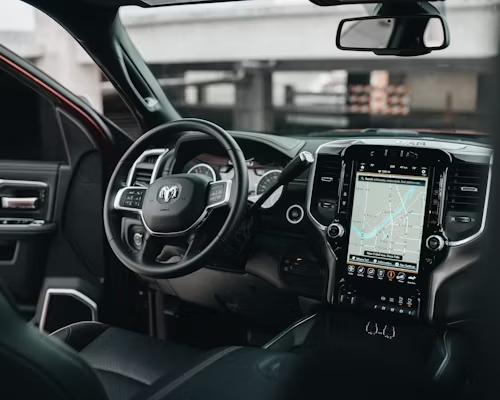Smart Tinted Windows: How Electrochromic Glass Works

Smart tinted windows, also known as electrochromic glass, are revolutionizing vehicle design by allowing drivers to control window tint levels with the push of a button. This innovative technology enhances privacy, reduces glare, and improves energy efficiency. In this guide, we explore how electrochromic glass works and its benefits for modern vehicles.
1. What is Electrochromic Glass?
Electrochromic glass is a smart window technology that changes tint levels in response to an electrical charge. When activated, the glass molecules adjust to darken or lighten, providing customizable shading.
2. How Does Electrochromic Glass Work?
Electrochromic glass consists of multiple layers, including conductive coatings and electrolyte materials. When voltage is applied:
- Electrons move: This causes a shift in the molecular structure, altering opacity.
- Glass darkens or lightens: Depending on the voltage applied, the window transitions between clear and tinted states.
- Memory effect: Once tinted, the glass maintains its state until another charge is applied.
3. Benefits of Smart Tinted Windows
- Improved Privacy: Adjust tint levels for added discretion.
- Reduced Glare: Enhances visibility and reduces eye strain.
- Energy Efficiency: Helps regulate interior temperatures by blocking excess sunlight.
- Enhanced Security: Tinted windows deter break-ins and protect passengers from harmful UV rays.
4. Installation and Cost Considerations
Electrochromic glass is typically installed by professionals due to its complex wiring and integration with vehicle systems. Costs vary based on vehicle model and glass size, ranging from $1,000 to $5,000 per window.
5. Case Studies
Case Study 1: Mercedes-Benz Magic Sky Control
Mercedes-Benz offers electrochromic sunroofs that adjust opacity based on sunlight intensity. Learn more at Mercedes-Benz.
Case Study 2: Boeing’s Electrochromic Aircraft Windows
Originally developed for aviation, electrochromic technology is now being adapted for automotive use. Read more at Boeing.
Case Study 3: Smartcar Conversions
Smartcar Conversions provides aftermarket electrochromic glass upgrades for various car models.
6. The Future of Electrochromic Glass in Cars
As this technology evolves, we can expect fully automated smart glass that adjusts based on GPS data, weather conditions, and driver preferences.
7. Conclusion
Smart tinted windows offer a blend of style, privacy, and energy efficiency. With electrochromic glass becoming more accessible, modern vehicles are set to benefit from greater control over interior lighting and temperature regulation.




